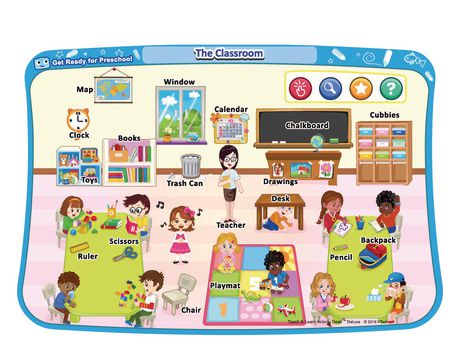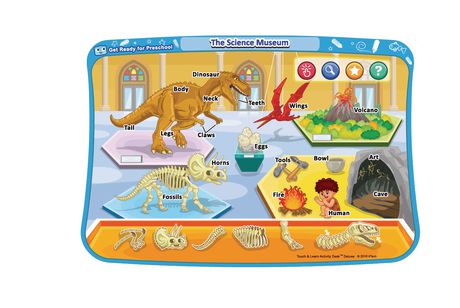

They are predisposed to pick up the sounds of the language that they hear around them.

Introduces the alphabet, letter sounds and vocabulary.Although cooperative play increases during childhood, children still spend the equivalent amount of time in solitary or independent play. Toys and computer games that facilitate independent activity at the right level for the child enhance problem solving skills and increase hand and eye coordination. Children sometimes choose to work independently in order to build up their confidence. Learning to play independently has its benefits, for instance, children using an educational game can control their own pace. Young children can consolidate their existing skills by repeating actions whilst playing a game. These young children are playing independently but they are also reinforcing their understanding of the social world by acting out scenarios. going to the shops and then they involve their toys in these activities. Young children will sometimes act out some aspect of their lives e.g. Many toys offer infants the opportunity to learn more about their world. The initial play experience for infants is when they begin to explore through moving and acting upon the world.
#Vtech activity desk french expansion pack how to#
Young children learn how to interact with other children through play but they can also explore and learn independently.

Spatial skills can also be enhanced when playing games that require concentration, quick responses and finely tuned motor skills. As the child grows computer games have been shown to help with hand and eye coordination. Soon infants are building towers with two cubes this also requires fine coordination skills. Shape sorters help infants to fine tune their visual perception and hand coordination. After the first year, infants adopt the ‘pincer grasp’ where they use their thumb and index finger to grasp even very tiny objects. Within another month they are able to move the object from hand to hand. Infants first use the ulnar grasp where their fingers close against the palm when trying to hold an object. The grasping, at first, is quite clumsy but through repetition, and across time, infants become adept at grasping and develop fine motor skills.

Young infants learn to grasp an object, for instance a cube. All these movements strengthen muscles in readiness for the next stage - walking.Īs babies develop they become more adept at grasping objects. You will often see young babies in a bath reaching with their legs towards a floating toy and kicking. For example, a young baby has greater control over their leg movements than their arms. Bath toys provide opportunities to develop and use motor skills to great effect. Sound and movement attract a baby’s attention if a toy is placed almost within reach of babies their movements become more animated. When young babies watch a mobile they are constantly moving their head, arms, legs and even their mouths in response to the movement of the toy. Many movements that young babies make are in preparation for the next stage of their development. An infant’s growth and development in the first year of life is rapid.Encourages fine motor skill development.


 0 kommentar(er)
0 kommentar(er)
